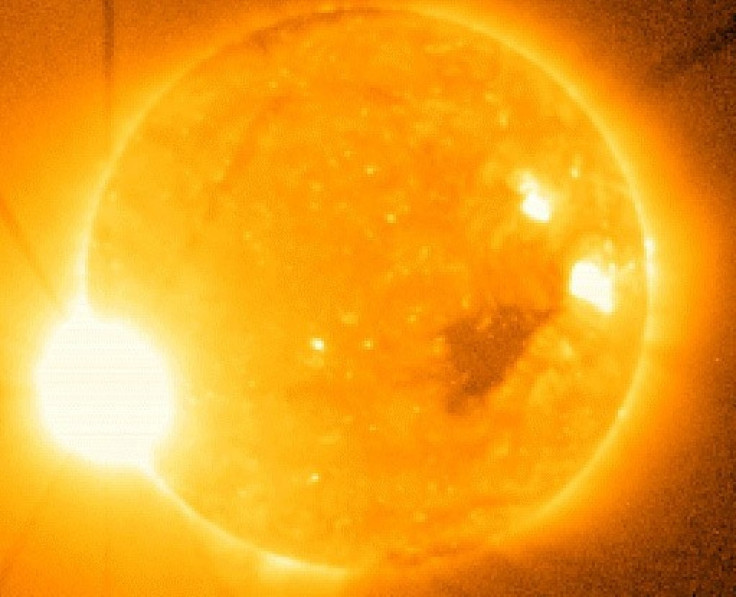Mystery Behind Linked Solar Eruptions Explained

Astronomers have revealed startling facts about how widely separated solar reactions are linked, with one eruption somehow triggering the other.
Images from NASA's Solar Dynamic Observatory provided evidence of the phenomenon, which was only assumed by physicists before but never proved.
In August 2010, an entire hemisphere of the sun was lighted by a massive fireworks show where billion-ton clouds of solar mass exploded in a chain of eruptions.
The eruption was captured by SDO which was launched only in February 2010. With the help of these visuals, scientists at Predictive Science in San Diego, Calif., described a model of how such unlikely chain of reactions could happen.
The model drives home a lesson for anyone interested in how solar eruptions affect Earth, Karel Schrijver of the Lockheed Martin Advanced Technology Center in Palo Alto, Calif., told the journal Nature.
This is one of the new developments that is changing the way we think about the sun and space weather, because we have now both observations and models that say you can no longer ignore the coupling from distant regions in predicting solar fireworks, he said.
The researchers noted that even if a single parcel of highly magnetized gas from the sun's corona isn't headed towards Earth, the explosion could trigger another, more threatening coronal mass ejection elsewhere.
Such an extensive event near the Earth's surface could cause widespread damage of electrical power grids and even harm Earth-orbiting craft.
© Copyright IBTimes 2024. All rights reserved.











